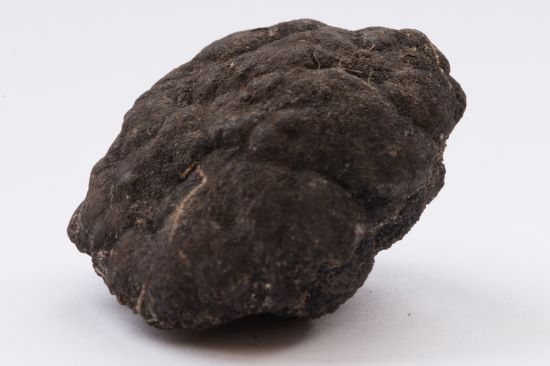
An international research team has discovered in the deep ocean metal nodules producing “dark oxygen.” The dark refers to oxygen produced in the absence of light which means it is not coming from photosynthetic organisms. Before this, other than volcanic outgassing, aerobic bacteria and plants were the only known sources of the gas essential for animal life on Earth. The discovery also may alter our understanding of where life began on Earth. Could the deep ocean be where it all started? Could ocean moons like Europa and Enceladus, therefore, be harbouring life?
The Discovery of Deep Ocean Dark Oxygen
Andrew Sweetman from the Scottish Association for Marine Science (SAMS) was the first to discover oxygen being produced in the deep water of the Clarion Clipperton Zone in the Pacific Ocean. The seafloor in this area contains large numbers of polymetallic nodules which have been targeted by deep-sea mining operations for harvesting.
Sweetman was measuring oxygen levels in the presence of biological activity. Normally the sensors would show a drop but instead oxygen levels increased. In two days of monitoring, the levels tripled. Sweetman thought his sensors were on the fritz and recalibrated them but the readings kept showing up.
That’s when he contacted Franz Geiger, a Professor of Chemistry at Northwestern University who had previously written a paper that described how rust and saltwater when combined could produce electricity and split water molecules into hydrogen and oxygen as a result.
Sweetman sent Geiger sample polymetallic nodules. In testing, he showed that they had natural geobattery characteristics. Individual nodules could generate up to 0.95 volts. A charge of 1.5 volts would induce electrolysis to separate water molecules into oxygen and hydrogen. When Geiger grouped several nodules the voltage rose enough to produce seawater electrolysis which had never been observed before in the deep ocean.
Sweetman and Geiger published their discovery yesterday in the scientific journal Nature Geoscience. They describe where the oxygen was found and the rate of production coming from depths of over 4,000 metres (13,123 feet). In a Northwestern news release issued yesterday, Sweetman states, “For aerobic life to begin on the planet, there had to be oxygen, and our understanding has been that Earth’s oxygen supply began with photosynthetic organisms. But we now know that there is oxygen produced in the deep sea, where there is no light. I think we, therefore, need to revisit questions like: Where could aerobic life have begun?”
The Discovery And Its Impact On Deep-Sea Mining
The risks associated with deep-sea mining go back to the first attempts in the 1980s. Marine biologists revisiting the sites in 2016 and 17 where these projects occurred have found dead zones that have lasted for decades.
The polymetallic nodules in question being rich in cobalt, nickel, copper, lithium and manganese, metals are tempting because there is high demand for their use in electric batteries. That’s why The Metals Company, a prospective deep-sea miner, has signed agreements with the island nations of Nauru, Kiribati and the Kingdom of Tonga, who own the commercial rights to develop the zone including mining the sea bed. In my visit to The Metals Company website today, no acknowledgement of the discovery of dark oxygen appears. No doubt the company will need to acknowledge this new information and reconsider its plans.
International concerns about deep-sea mining have been on the minds of many recently. The United Nations International Seabed Authority (ISA) held its annual meeting in June in Kingston, Jamaica, its headquarters. Deep-sea mining and seabed marine environment conservation were on the agenda. An alliance of over 100 organizations called the Deep Sea Conservation Coalition (DSCC), has been lobbying the ISA and mining companies to agree to a deep-sea mining moratorium. The discovery of dark oxygen from seabed sources should strengthen their case. When Sofia Tsenilki, the DSCC’s Deep-Sea Mining Global Campaign Lead, learned of this discovery she stated it “provides further support…for a moratorium…It is human arrogance to continue to push to mine these nodules that are producing potential life-sustaining oxygen in an extraordinarily important and unique ecosystem.”
Even should The Metals Company or other deep-sea miners state they would be selective in nodule harvesting, the equipment these companies use produces sediment plumes while tracking across the seabed. Environmental impacts from the sediment could inhibit dark oxygen level production as the nodules get buried.
Lisa Levin, a professor at the Scripps Institution of Oceanography describes the implications of Sweetman and Geiger’s research stating, “There are still new processes to discover that challenge what we know about life in our ocean…in order to inform deep-ocean policy.”








